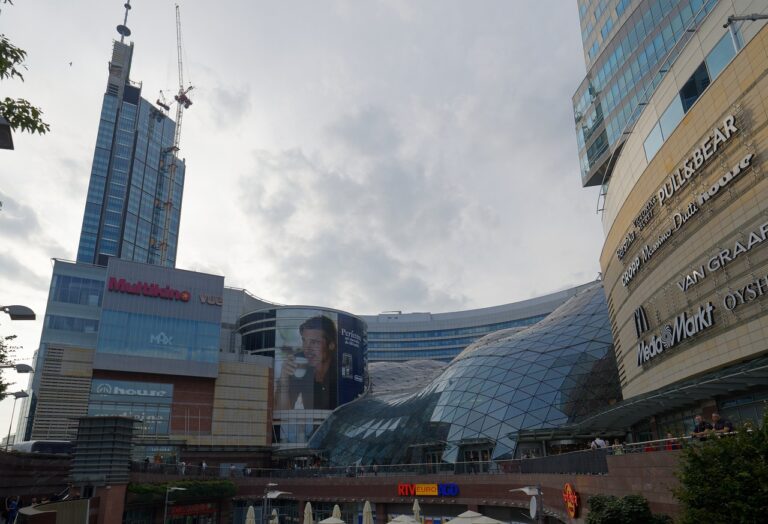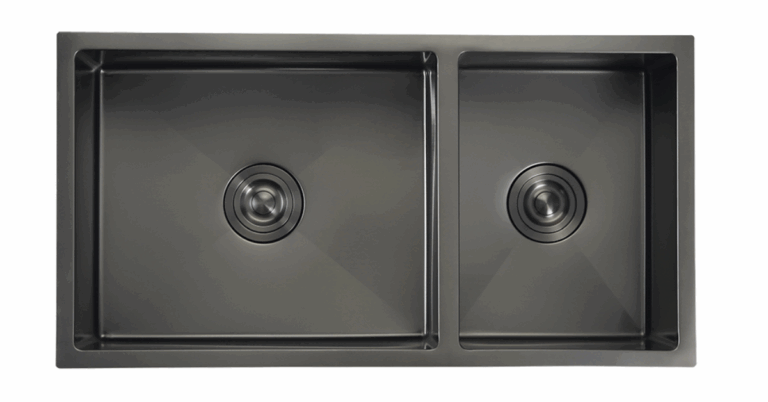The Evolution of Green Buildings: Sustainable Construction Materials and Techniques
Green buildings have become an increasingly popular choice in the construction industry as a growing number of individuals and organizations are recognizing the importance of sustainability and environmental responsibility. These buildings are designed to minimize their environmental impact, reduce energy consumption, and create healthier indoor environments for occupants. The evolution of green buildings has seen advancements in sustainable construction materials and techniques that prioritize efficiency, durability, and sustainability.
Sustainable Construction Materials
One of the key components of green buildings is the use of sustainable construction materials that are environmentally friendly, energy-efficient, and durable. These materials aim to reduce the environmental impact of construction projects and promote a more sustainable future. Some common sustainable construction materials include:
1. Recycled materials
Recycled materials such as recycled steel, concrete, and glass are increasingly being utilized in green building projects. These materials help reduce the amount of waste sent to landfills and minimize the extraction of raw materials, making them a more sustainable choice for construction projects.
2. Bamboo
Bamboo is a rapidly renewable resource that is lightweight, strong, and versatile, making it an ideal material for construction projects. It is also a sustainable alternative to traditional timber as it grows much faster and can be harvested without causing deforestation.
3. Cork
Cork is a natural material that is harvested from the bark of cork oak trees without harming the tree. It is a renewable resource that is lightweight, flexible, and provides excellent thermal and acoustical insulation properties, making it a popular choice for green building projects.
4. Straw bales
Straw bales are a natural building material made from straw, a byproduct of grain production. They are low-cost, highly insulating, and biodegradable, making them an eco-friendly alternative to traditional insulation materials.
5. Rammed earth
Rammed earth is a sustainable construction technique that involves compressing a mixture of soil, gravel, sand, and clay in layers to create walls. It is an energy-efficient and durable building method that has been used for centuries in various regions around the world.
Sustainable Construction Techniques
In addition to using sustainable construction materials, green buildings employ innovative construction techniques that prioritize energy efficiency, water conservation, and indoor air quality. These techniques help reduce the environmental impact of buildings and create healthier, more sustainable living spaces. Some common sustainable construction techniques include:
1. Passive solar design
Passive solar design utilizes the sun’s energy to provide heating, cooling, and lighting within a building. By incorporating features such as large windows, thermal mass, and shading devices, buildings can optimize natural light and heat gain to reduce energy consumption and enhance comfort for occupants.
2. Green roofs
Green roofs are vegetated roof systems that help improve air quality, reduce stormwater runoff, and provide insulation to buildings. They also create additional green space in urban environments, helping to offset the loss of natural habitats due to urbanization.
3. Rainwater harvesting
Rainwater harvesting systems collect and store rainwater for non-potable uses such as irrigation, toilet flushing, and laundry. By capturing rainwater on-site, buildings can reduce their dependence on municipal water supplies and lower their water usage, helping to conserve this valuable resource.
4. Energy-efficient HVAC systems
Energy-efficient heating, ventilation, and air conditioning (HVAC) systems are essential components of green buildings that help reduce energy consumption and minimize greenhouse gas emissions. By using advanced technologies such as heat pumps, variable refrigerant flow systems, and energy recovery ventilators, buildings can achieve greater energy efficiency and indoor comfort.
5. Water-saving fixtures
Water-saving fixtures such as low-flow toilets, faucets, and showerheads are key features of green buildings that help conserve water and reduce utility costs. These fixtures are designed to minimize water wastage while maintaining optimal performance, promoting sustainability and environmental responsibility.
FAQs
Q: What are green buildings?
A: Green buildings are environmentally responsible structures that are designed, constructed, and operated in a sustainable manner to minimize their environmental impact and promote resource efficiency.
Q: Why are green buildings important?
A: Green buildings play a crucial role in addressing environmental challenges such as climate change, resource depletion, and pollution. By incorporating sustainable practices and materials, green buildings help reduce energy consumption, water usage, and waste generation, creating healthier and more resilient communities.
Q: What are the benefits of green buildings?
A: Green buildings offer numerous benefits, including lower operating costs, improved indoor air quality, enhanced occupant comfort and productivity, and reduced environmental impact. They also contribute to the overall health and well-being of individuals and communities by promoting sustainable living practices.
Q: How can I make my building more sustainable?
A: To make your building more sustainable, consider implementing energy-efficient technologies, using sustainable construction materials, promoting water conservation, and enhancing indoor air quality. By adopting green building practices, you can reduce your building’s environmental footprint and contribute to a more sustainable future.
Overall, the evolution of green buildings has transformed the construction industry by promoting sustainable practices, innovative technologies, and environmentally friendly materials. By adopting green building principles, we can create healthier, more resilient communities and reduce our impact on the planet for future generations to come.







